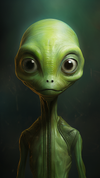Unforgettable Minor Characters from the Star Wars Trilogy
Background figures from the original “Star Wars” trilogy—Wedge, Willrow Hood, Boba Fett, and more—show how even the briefest appearances became unforgettable parts of the saga’s legacy.
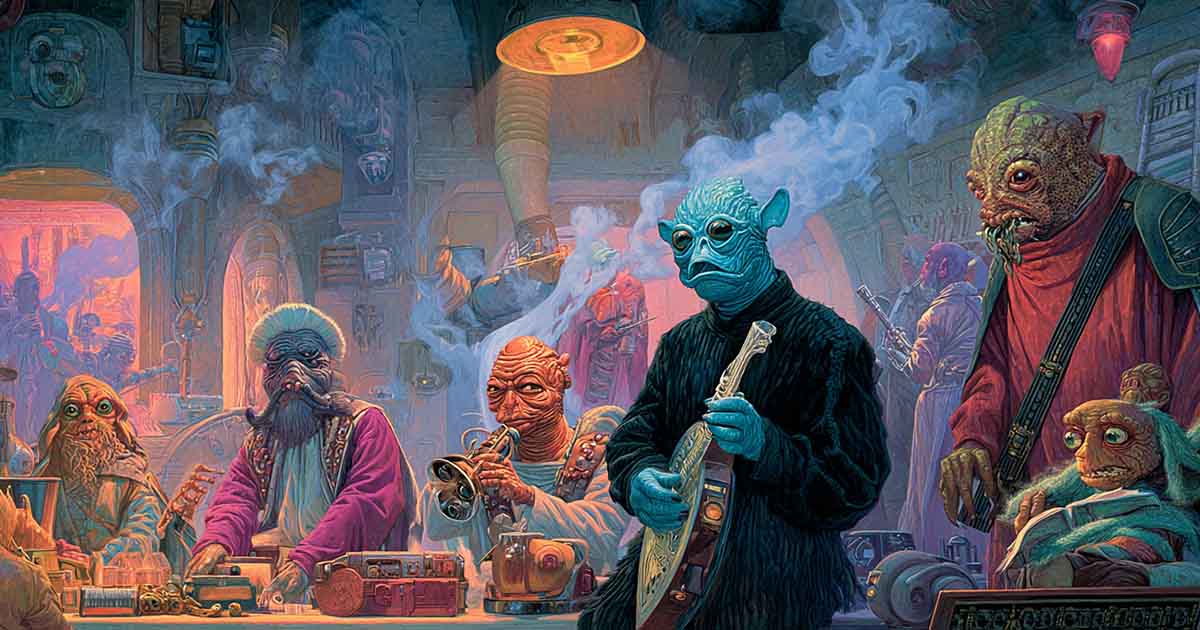
The original “Star Wars” trilogy built its reputation on heroes, villains, and the mythic sweep of its story, yet its lasting power comes equally from the corners of the frame. In crowded hangars, smoky cantinas, and bustling palace halls, the films offered glimpses of a galaxy alive with strangers.
Often it was a single gesture or an odd prop that caught the eye. A glance from a pilot’s helmet, a creature’s unearthly laugh, or the flash of a costume no one bothered to explain could feel as essential as the central duel. These quick impressions carried weight because they suggested countless stories left untold.
The trilogy, released between 1977 and 1983, became a text that viewers returned to again and again. With each rewatch, small details grew larger, and figures who once seemed incidental became companions in memory, proof that the galaxy was never empty space but always full of life.
How Background Faces Become Legends
A memorable background character often begins with a silhouette. The costume shop and creature designers built figures that could be read instantly, even in half a second of screen time. Sharp outlines and exaggerated shapes made each one distinct, ensuring that the audience noticed them without effort.
Sometimes a single action secured their place in memory. A fleeting glance, a casual prop carried through a crowd, or a brief outburst of sound could define a character forever. These moments worked because they seemed natural, as if the camera had only stumbled upon them.
Fans supplied the missing story. When a design hinted at a past, audiences were quick to invent motives, histories, and affiliations. In a universe where everything looked battered and used, it was easy to imagine what a figure had endured before stepping into view.
The wider culture did the rest. Trading cards, toys, and press images repeated these faces in new settings, keeping them visible long after the credits rolled. With each appearance outside the films, their stature grew until even the briefest cameo could be celebrated as indispensable.
The Eight Coolest Figures and Where You Have Seen Them Before
1. Wedge Antilles
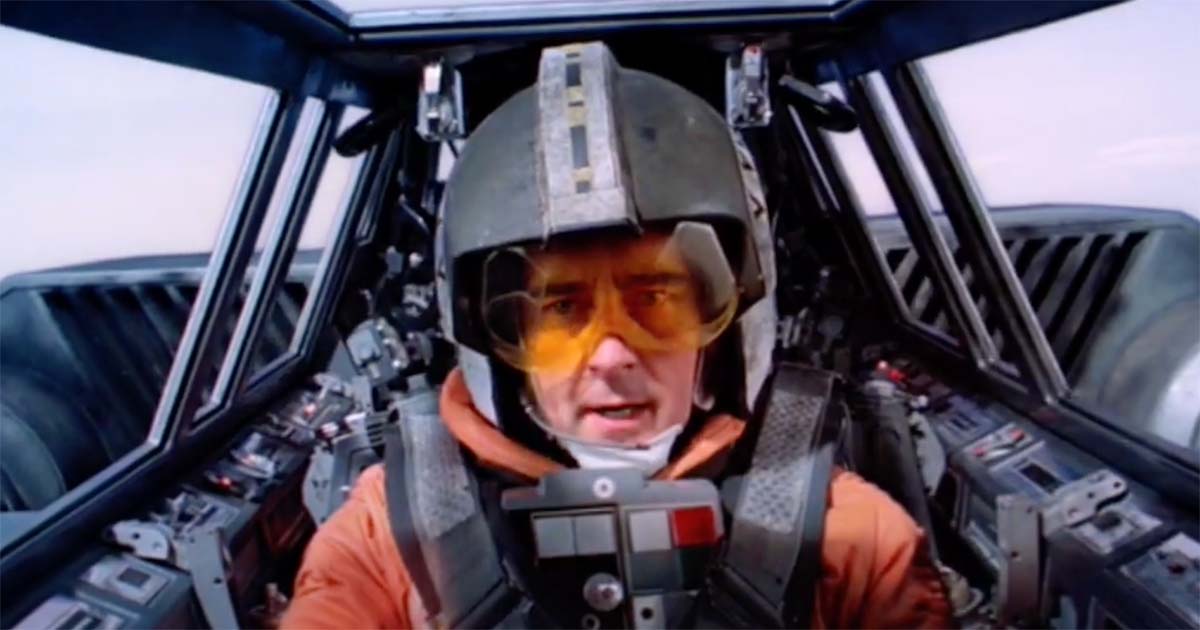
Among the pilots who flew into the teeth of the Empire, Wedge Antilles stood out by surviving. He appeared in each of the trilogy’s climactic battles, often glimpsed only briefly, but his steady presence made him a rare constant. Fans saw him again in group shots in promotional art and in television highlight reels that gathered the saga’s space battles.
2. Willrow Hood
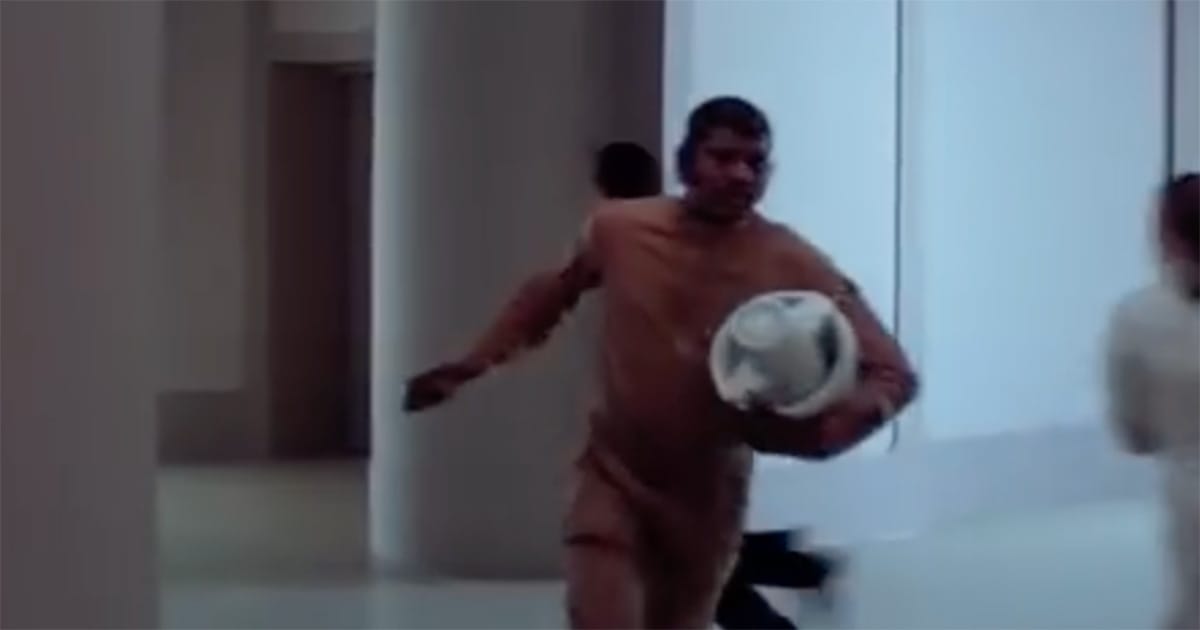
On Cloud City during the frantic evacuation, one man runs past clutching what looks like a household appliance. That prop, later recognized as an ice cream maker, transformed Willrow Hood into a cult favorite. His image resurfaced in production stills from “The Empire Strikes Back” and in fan parades where costumers reenacted his dash.
3. Boba Fett
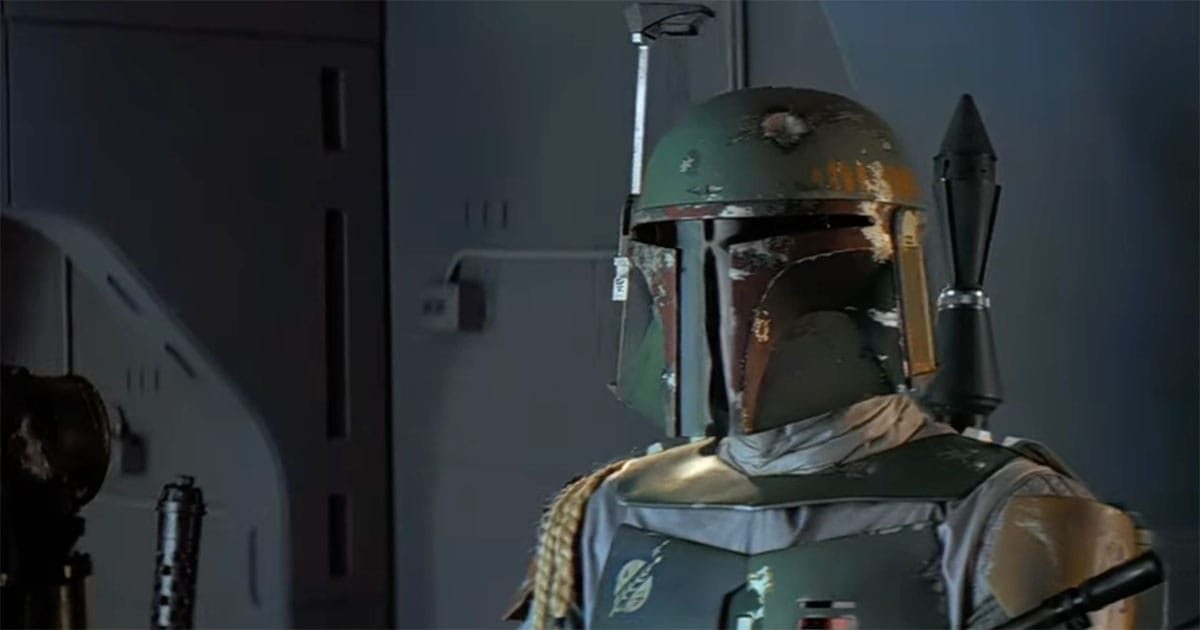
The armored bounty hunter spoke little and moved even less, yet every appearance felt charged. His design and mystery secured him a following far beyond his screen time. Posters, VHS packaging, and the Kenner mail-away action figure made sure audiences encountered him again and again.
4. Admiral Ackbar
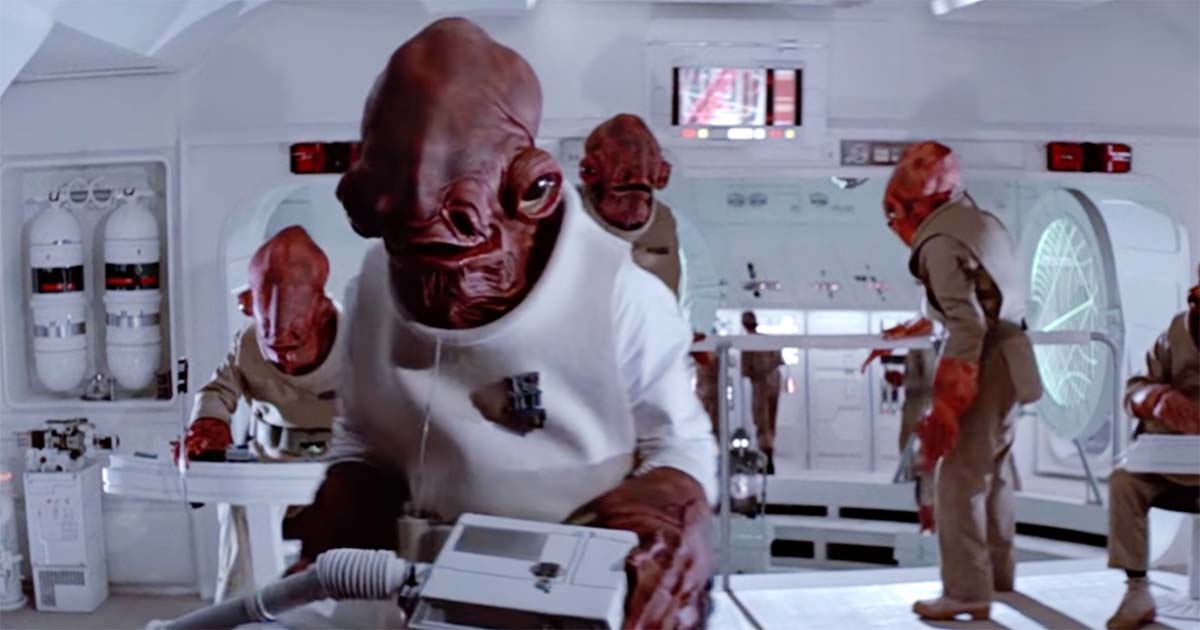
Commanding a starship from his chair, Ackbar uttered one line that became one of the most quoted in the trilogy. His mix of gravitas and unusual design made him stand out in memory. Clips from “Return of the Jedi” were reused endlessly in television specials and retrospectives.
5. Max Rebo Band
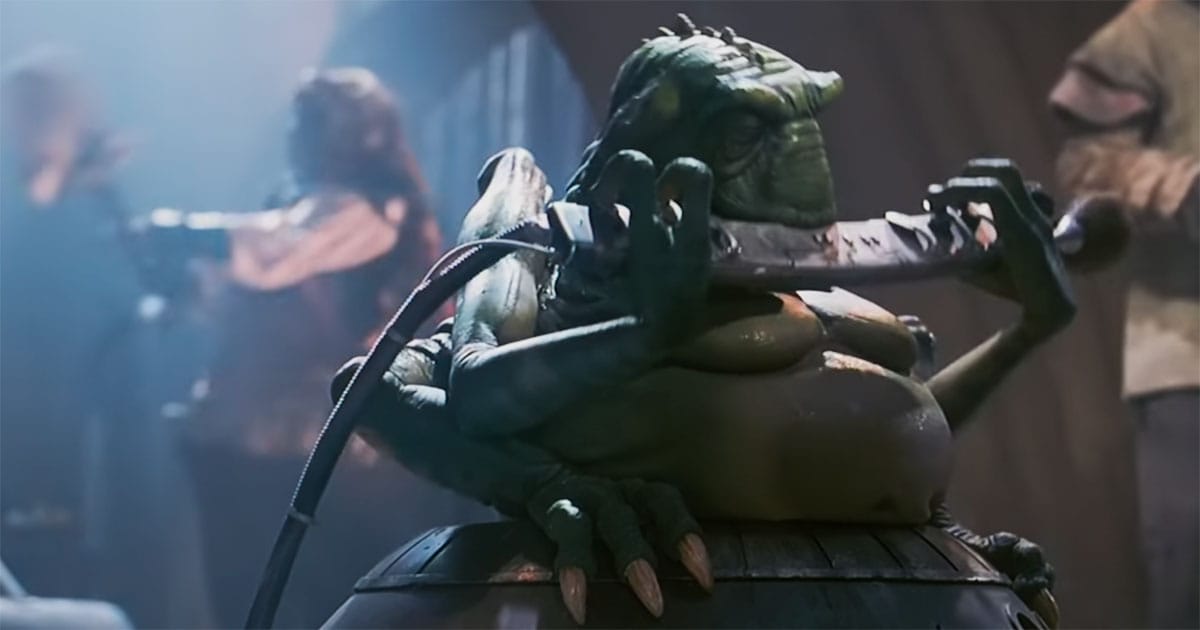
In Jabba’s palace, a blue-skinned keyboardist, a reed player, and a high-voiced singer filled the air with alien music. Known as the Max Rebo Band, they brought humor and surreal energy to the scene. They lived on in soundtrack booklets, music featurettes, and stills used in home-video promotions.
6. Bib Fortuna
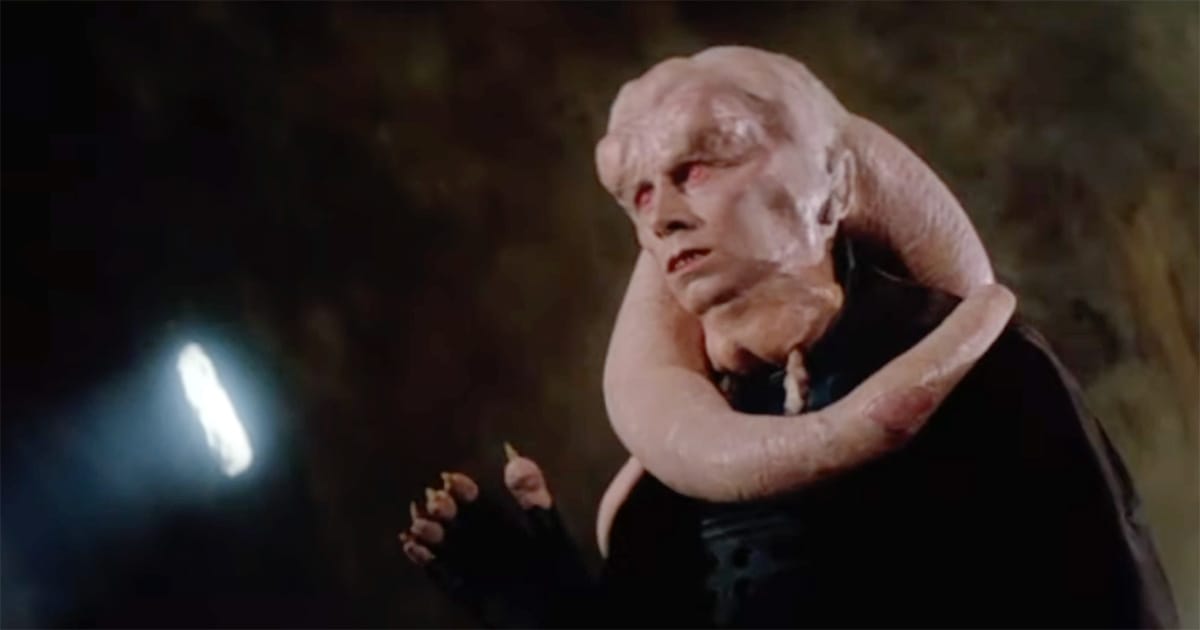
Jabba’s aide, pale and watchful, framed every entrance to the throne room. His appearance suggested quiet menace, and his design made him unmistakable. Trading cards and lobby photos reproduced his image widely, ensuring that fans could not forget him even if his lines were few.
7. Salacious B. Crumb
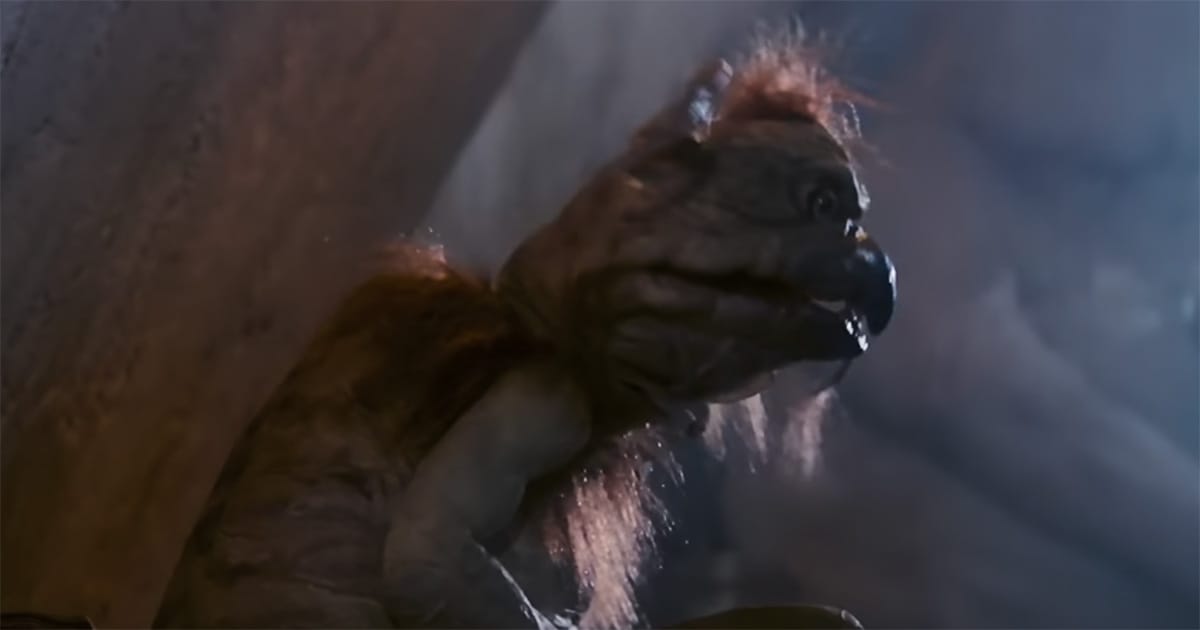
The tiny creature at Jabba’s side cackled and shrieked, reacting to the action like a mischievous spectator. His laugh cut through the chaos and turned him into a scene-stealer.
Behind-the-scenes documentaries and television specials about the making of “Return of the Jedi” often highlighted the puppetry that brought him to life, keeping his image fresh in the minds of fans.
8. Cantina Patrons
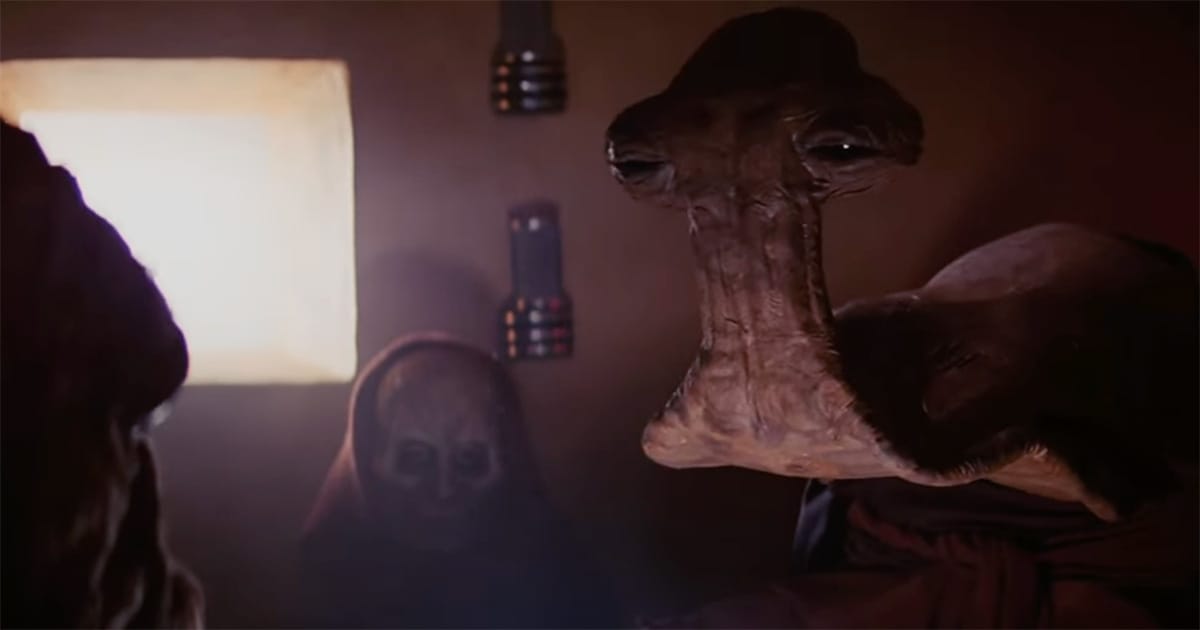
The Mos Eisley Cantina remains one of the trilogy’s most replayed sequences, and its background figures are a major reason why. Hammerhead, Snaggletooth, and a host of others filled the frame with variety. Their images were spread through Kenner assortments, coffee-table photo books, and countless publicity stills.
Why These Faces Matter To The Trilogy’s Craft
A fleeting figure can carry as much weight as a major character when it suggests a larger world. Each background presence told the audience that the story extended far beyond the immediate plot. Even when the films moved quickly, the eye could catch details that implied history and community.
These figures also preserved the texture of classical adventure. In serials and pulp comics, odd bystanders and colorful henchmen crowded the frame to give the hero’s journey its flavor. “Star Wars” followed that model, turning bit players into essential parts of the spectacle.
The work of the design and effects teams gave these moments credibility. Costumes, masks, and puppets were meticulously crafted, often more detailed than the camera could reveal. The fact that audiences believed in these characters speaks to the craft behind them.
Viewers themselves completed the process. By noticing small figures, naming them, and remembering them, fans became partners in expanding the myth. What was once a background flourish became a shared landmark across decades of rewatching.
A Clean Rewatch Plan For Spotting Them
The best way to see these figures anew is to treat each film as a gallery. “A New Hope” offers the Cantina sequence, where nearly every cut reveals a new design along the bar or at a shadowed table.
“The Empire Strikes Back” rewards close attention to the evacuation of Cloud City. In the rush of extras, a few stand out with props or costumes that feel pulled from unseen stories.
“Return of the Jedi” makes the palace of Jabba and the decks of the sail barge into crowded stages. Wide shots are filled with masks, musicians, and guards who often pass in the background.
Keeping a simple list of names and scenes helps connect what appears on screen with what has circulated through posters, toys, and books. Each rewatch confirms that even the smallest faces continue to shape how audiences remember the saga.

